Bill Dunford • Mar 24, 2014
Dancing With Saturn
As I type this, the robotic spacecraft Cassini is traveling at 2.4 kilometers per second (about 5,300 MPH) relative to the planet Saturn. On April 9th, when Cassini makes its closest approach to the planet during this current orbit, the craft will reach nearly 9 kilometers per second (about 20,000 MPH). For all that amazing speed, the pictures we see from Cassini are usually still shots, arrestingly beautiful--but also arrested in time.
Fortunately, we can get a sense of Cassini's intricate ongoing dance with Saturn and its moons, thanks to sequences of still images strung together into simple animations. Sometimes these sequences are just a series of routine observations; sometimes they are planned with moving images in mind. This magic is possible thanks to the Cassini engineering and science teams, who coordinate to build a list of painstakingly precise instructions, which they radio across a billion kilometers of space to the Saturn system. Cassini does the rest, spinning and pirouetting to orient its cameras just so, even as it careens at high speed past rings and icy moons.
The results are often striking. Here are a few of my favorites. I've applied very little post-processing to these sequences, but what they lack in polish compared to Hollywood CGI, they make up in being real.
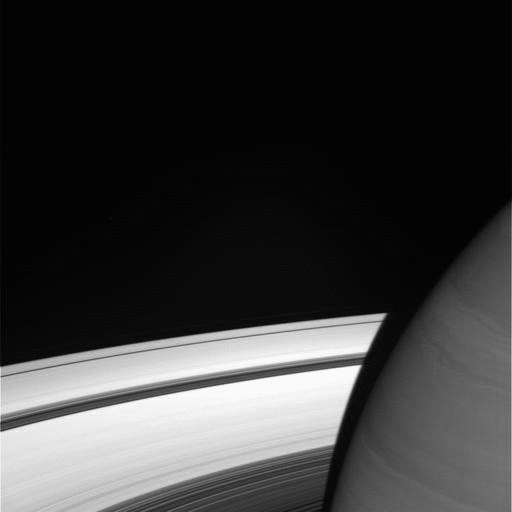
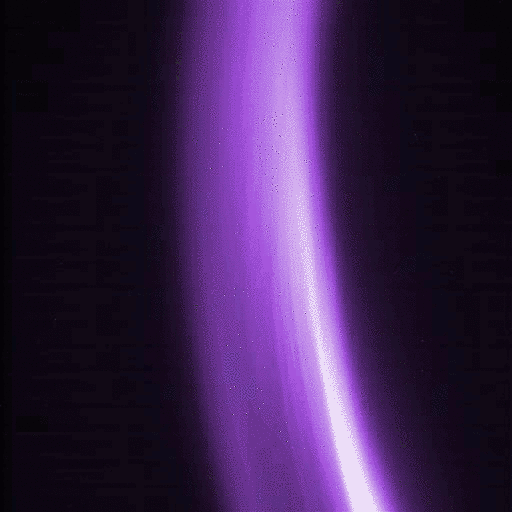
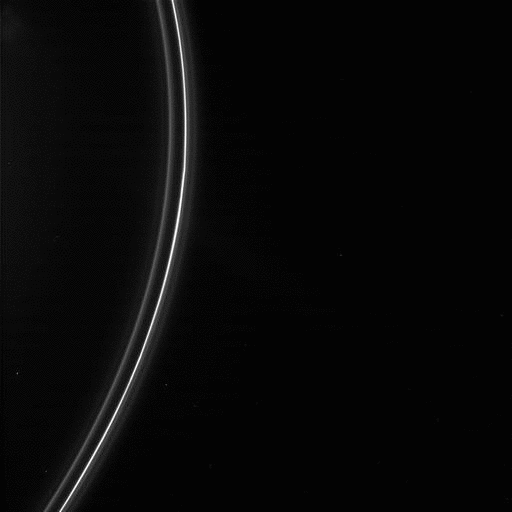
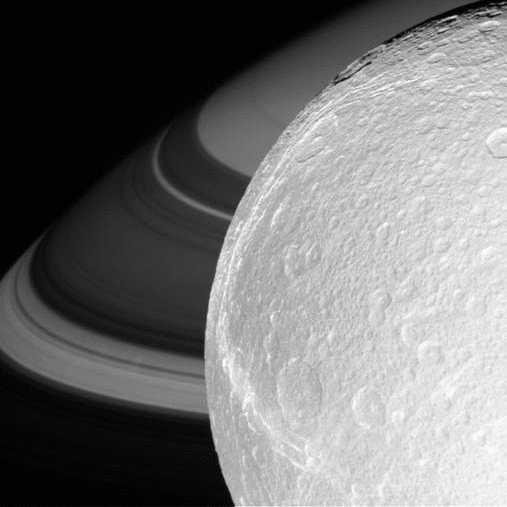
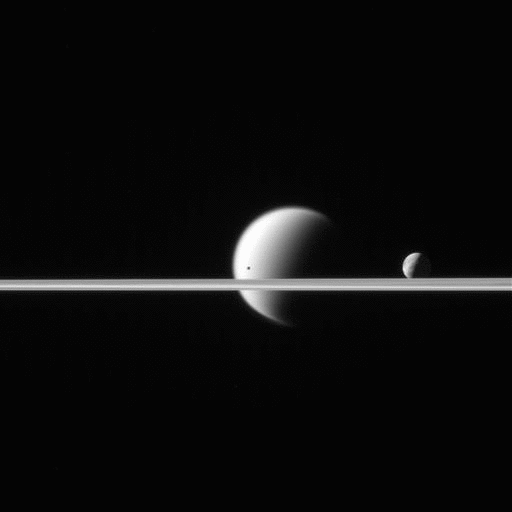
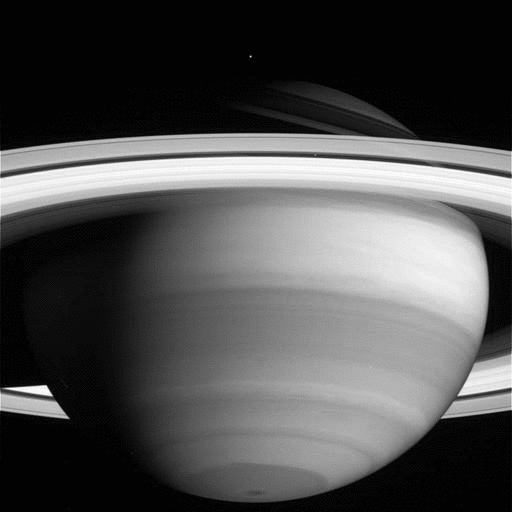
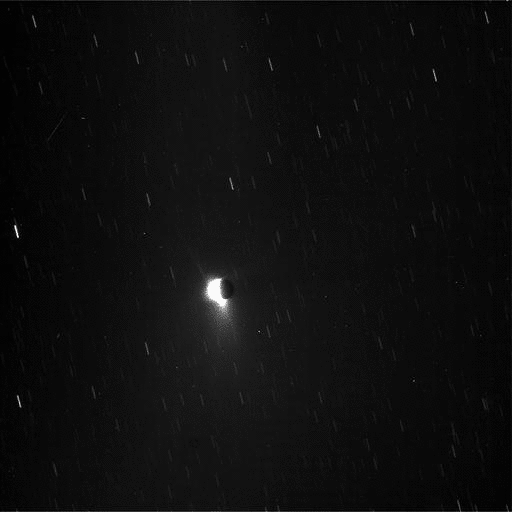
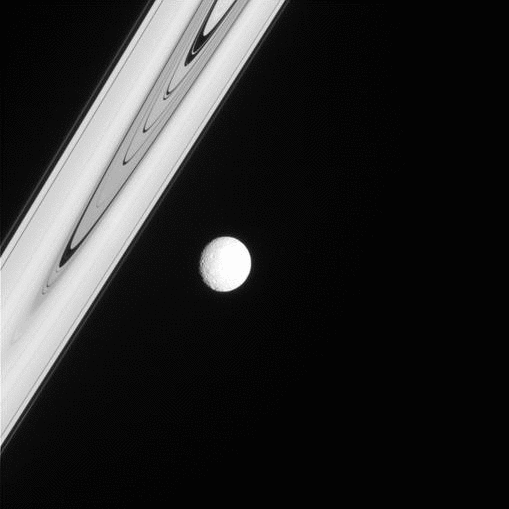
And here's one more that was previously uploaded to the Saturn section of the Bruce Murray Space Image Library. I have to sneak it in, just because I think it happens to be one of the most amazing sights in the history of all exploration.
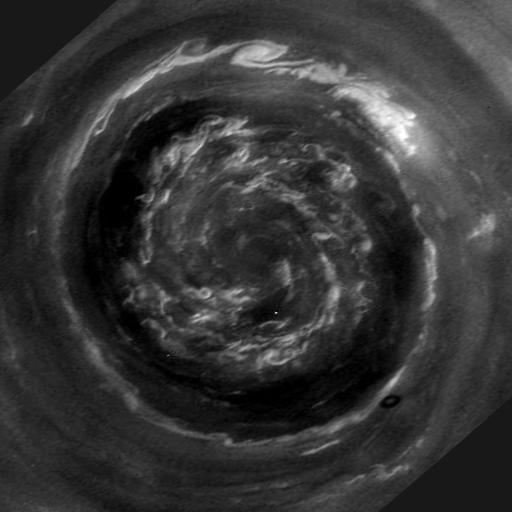
The Time is Now.
As a Planetary Defender, you’re part of our mission to decrease the risk of Earth being hit by an asteroid or comet.
Donate Today

 Explore Worlds
Explore Worlds Find Life
Find Life Defend Earth
Defend Earth

